The "blowout" of electric vehicles is coming. After the market on March 27, 2018, BYD released the "2017 Annual Report." During the reporting period, BYD’s revenue was 105.9 billion yuan, a year-on-year increase of 2.36%; net profit was 4.066 billion yuan, a year-on-year decrease of 19.51%; net cash inflow from operating activities was 6.37 billion yuan, a year-on-year increase of 445%. In addition to operating cash flow, BYD's financial indicators are not eye-catching. When the market opened on March 28, BYD once hit the limit. On April 28, the first quarter of 2018 was released, showing that revenue was 24.738 billion, an increase of 17.54% year-on-year. However, due to the reduction of new energy vehicle subsidies, net profit fell from 660.6 million in the same period last year to 102 million. It is worth noting that after the release of the quarterly report, BYD’s stock price stopped falling and stabilized, rising 7.51% in the past week (May 7-11). The Chinese government is very firm in supporting the general direction of new energy vehicles, and high-intensity subsidies may last for decades. It's just that the subsidy object has changed from 2B to 2C. The subsidy in the purchase link is for the new energy models that the manufacturer has obtained the approval of the relevant departments. If 300,000 cannot be sold, it will subsidize 150,000. This subsidy is essentially 2B. Starting in 2018, the focus of subsidies will shift from the purchase link to the use of the ring, allowing new energy vehicle owners to enjoy benefits in such links as parking fees, toll fees, and charging. This subsidy is 2C. In short, the "New Deal" implemented in 2018 means that China's new energy vehicle market has left the baby. In 2017, BYD's new energy vehicle sales reached 110,000, ranking first in the world again. If BYD’s new energy vehicle business is regarded as an independent enterprise, the top priority is to use better and better products to consolidate and expand its market share. At this time, it is a mistake to value profits too much. BYD is concerned because of new energy vehicles, but its current profits mainly come from fuel vehicles, rechargeable batteries, and mobile phones. The current market value of BYD is approximately US$23 billion. However, comparing Tesla and NIO, it is found that BYD’s new energy vehicle business is valued at between US$25 billion and US$36 billion. Tesla delivered 103,000 vehicles before 2017, with a loss of US$1.96 billion and a market value of US$50 billion. Even if the Tesla brand Niu X has excellent technology and is sought after by some investors, BYD's new energy vehicle business alone is worth half a Tesla, right? It is rumored that NIO, which has not delivered a single car, will be listed in the United States for US$36 billion this year, grabbing the "first share of Chinese new energy vehicles listed in the United States." Why is BYD’s new energy vehicle business valuation lower than Weilai? BYD’s other main businesses-batteries, mobile phone components and assembly, and fuel vehicles, are all profitable, and even if it is not profitable, the valuation cannot be negative. BYD, which includes four businesses, has a market value of US$23 billion, and one of the four businesses, the electric vehicle business, is no less than US$25 billion. How did such an obvious underestimation happen? The three main businesses listed in BYD’s financial report are: secondary rechargeable batteries and photovoltaics, mobile phone parts and assembly, automobiles and related products. After starting from 2B's battery business, BYD found a business opportunity to provide mobile phone parts to the same group of customers-mobile phone manufacturers. From the battery to the mobile phone parts is a logical strategic decision. The entry into the automotive field has exceeded everyone's expectations. When all the conditions such as capital, technology and brand are not available, rushing in is tantamount to death, and BYD's stock price was once cut in question. But later, this unpopular business was a star business that supported "half the sky", and some investors even only focused on BYD's auto business. In 2017, BYD’s automobile business revenue was 56.62 billion yuan, accounting for 53% of revenue, 2 percentage points lower than 2016. It is worth noting that fuel vehicles are already dragging BYD's auto business. Sales in 2017 fell by 24.6% year-on-year, while sales of new energy vehicles increased by 15% year-on-year. Today, it is necessary to redefine BYD's star business-electric vehicles. When acquiring Qinchuan Automobile in 2003, Wang Chuanfu told investors that “BYD has always planned to produce electric vehiclesâ€. The implication is that Qin Chuan is just a "springboard." Why can Tesla directly produce electric vehicles without the "springboard" of fuel vehicles? Because the United States has a large number of auto talents, especially in the context of the recession of the three major auto factories, it is easy for Tesla to recruit high-end auto talents. The Space X Falcon soared into the sky, and the fundamental reason lies in this-talent. The situation in China is completely different. Joint venture auto factories only began to rise in the late 1990s. The few "high-end talents" gathered in the joint venture factories to enjoy preferential treatment. Building an electric car is by no means as simple as Jia Yueting and Li Bin imagined. At the level of China's automobile industry, private enterprises bypassed the fuel vehicles and built them directly according to PPT. It is hard to imagine today, let alone 2002. Therefore, BYD chose the most “stupid†path: start with fuel vehicles, train R&D teams, engineering and technical personnel, and establish a complete sales system. As of the end of 2017, BYD has manufactured and sold more than 4.2 million vehicles (including fuel vehicles and electric vehicles), and has accumulated rich experience in research and development, production, and sales. No one will say that "the king of batteries does not understand cars" anymore. . The fundamental reason for the decline in BYD's fuel vehicle sales is All In New Energy, which has not invested heavily in research and development for fuel vehicles that have basically completed their historical mission. Some media said that "fuel vehicles are still the biggest constraint," and they have not figured out the situation. People's original intention was to build electric vehicles. Domestic and foreign investors are not concerned about fuel vehicles. Will Buffett invest in BYD because of fuel vehicles? Being bearish on BYD due to the decline in fuel vehicle sales is like questioning Han Han's poor performance in mathematics, physics and chemistry. The "old" battery business is no longer the focus of BYD, but it can still contribute considerable cash flow and gross profit. In 2017, the battery business revenue was nearly 8.8 billion, a year-on-year increase of 19.4%. In addition to the traditional "secondary rechargeable battery", BYD is also involved in energy storage batteries, photovoltaic cells and other products, but automotive power batteries have not been placed in this sector. In 2017, the gross profit of the battery business was 1.11 billion, a year-on-year increase of 3.7%, but the gross profit margin dropped to 12.6%. Since BYD's R&D costs are calculated by divisions, the increase in R&D investment in energy storage batteries and photovoltaic cells is the main reason for the decline in the gross profit margin of the battery sector. There are strong players in the field of mobile phone components and assembly services. BYD has a place and its gross profit margin has been rising in the past three years. This shows the strong bargaining power in front of mobile phone giants. In 2017, BYD’s mobile phone business revenue was 40.47 billion yuan, a year-on-year increase of 3.5%. Gross profit reached 5.3 billion, a year-on-year increase of 35.8%. In 2017, the battery and mobile phone business contributed a total of 6.4 billion gross profit, which strongly supported the electric vehicle business and also delivered "blood" for the incubation of emerging businesses such as "rail transit". In 2017, the gross profit of the automobile business was 13.8 billion yuan, 2.34 billion less than 2016, and a year-on-year decrease of 14.5%. There are two reasons for the decline in the gross profit of the automobile business. One is the decrease in the contribution of fuel vehicles, and sales in 2017 fell by 24.6%. According to the previous analysis, this is the result of BYD's shift of strategic focus. The second is the large investment in research and development. In 2017, BYD's research and development expenses reached 6.27 billion, mainly spent on electric vehicles, power batteries and rail transit. In 2017, BYD deducted non-net profit decreased by 1.63 billion, while the gross profit of the auto business decreased by 2.34 billion, and its proportion in the company's total gross profit decreased by 8%. Obviously, the automobile business is the "culprit" of BYD's net profit decline in 2017. It is not so much that the automobile business has dragged down the battery and mobile phone business, but it is better to say that "other businesses (including fuel vehicles) are nourishing electric vehicles and rail transit." If you compare various businesses to "children", BYD, the parent, is too partial to electric cars. However, under the background of the general trend of banning the sale of fuel vehicles, BYD's "eccentricity" is reasonable. BYD is a "cage" with five "unicorns" closed with batteries, mobile phones, fuel vehicles, electric vehicles, and rail transit. Except for the "baby teeth" of rail transit, the other four can be released into the legend. Ministry of "Kind" "Unicorn List". This situation can easily confuse investors. If you ask them, "Is they optimistic about BYD's overall performance, or just focus on one item?" It is estimated that they will answer "Electric cars." Asked again: "The sales of fuel vehicles dropped by 24.5%, and the sales of electric vehicles increased by 15%. Is it good or bad?" He replied, "No way, at least two offsets!" But after the disclosure of the annual report, BYD’s share price fell. It shows that investors are confused. In this case, SOTP (Sum Of The Part) should be used to estimate each main business separately and then add up. The battery, mobile phone parts and other businesses are incorporated into BYD Electronics (00285.HK) with a market value of 30 billion Hong Kong dollars, or about 24 billion yuan, BYD's shareholding ratio is 65.76%, and the stock market value is about 2.5 billion US dollars. The revenue of the automobile business is 56.6 billion, of which electric vehicles (including electric buses) account for more than 50%. If the market-to-sales ratio (PS) of the fuel vehicle business is doubled, the valuation is about 5 billion US dollars. As mentioned earlier, BYD’s electric vehicle business is valued at US$25 billion to US$36 billion, which is calculated at US$30.5 billion here. A large part of the manufacturing cost of electric vehicles is power batteries. BYD produces power batteries itself, and this business has not been disclosed separately. According to the previous assumptions, if BYD’s electric vehicle sales were 28 billion in 2017 and the gross profit rate was 20%, the cost would be 22.4 billion, of which the power battery cost was about 13.5 billion (assuming batteries accounted for 60% of the cost). Based on estimates, it can only be approximated that BYD's power battery revenue is about 80% of the Ningde era. Currently in the Ningde era of the IPO process, according to the predictions of market participants, the market will reach 130 billion, saying that BYD’s power battery is worth 100 billion, which is about 16 billion US dollars. Batteries, mobile phones, fuel vehicles, electric vehicles, power batteries and other businesses simply add up. Excluding rail transit, BYD’s "basket" is worth $54 billion. The current market value of BYD in A shares is only 23 billion US dollars, a discount of more than 56%! In fact, BYD should also take measures to facilitate investor valuation, such as splitting its new energy vehicle business. According to the market position and capital enthusiasm, as long as BYD releases the wind and says that it will be split, the new energy vehicle business can be valued at 30 billion US dollars in minutes, which is equivalent to "changing" another BYD. Splitting up the electric vehicle business is just a matter of "hands-on", because of the accumulation since 2002. In addition to facilitating investment property valuation, there are two benefits of splitting the EMU: When there are few players in an emerging field with a wide depth and a high "ceiling" and the company's strength is superior, it should be considered to split. In the international capital market, there is only one "professional player" Tesla on the runway of electric vehicles. The main domestic players are automobile factories, and electric vehicles are just one of their main businesses. For example, BYD has businesses such as batteries, mobile phone components, fuel vehicles, and electric vehicles, which cannot be recognized as a "professional player" by the capital market. BYD's electric vehicle business has the strength to compete with Tesla. As new energy vehicles are essential, governments of various countries will take measures such as these to escort local enterprises. BYD has been the champion of China's new energy vehicle sales for many years. With its accumulation in battery technology, fuel vehicle production experience, pre-sale service system, electric buses, etc., it has no market protection and is not afraid to challenge Tesla. On such a golden runway, there are phantoms of "fuel car and electric car player" and PPT flying all over the sky by Internet car manufacturers. Separating the electric vehicle business and becoming the most eye-catching player on the runway will have the advantage in establishing a brand and attracting capital attention, and even government public relations will get twice the result with half the effort. In December last year, I had a discussion with the three founders of Daily Youxian (Xu Zheng, Zeng Bin, and Xu Xiaohui), and learned that Convenience Shopping will announce a US$200 million lead from Tencent the next day. In March 2017, an unmanned shelf company placed the shelves in the Daily Fresh Office. Xu Zheng and others began to pay attention to this model. The demonstration began in April, and the product went online in June. Operations. We will split up and raise funds as soon as possible. Xu Zheng’s explanation is “we must determine the pattern of this track as soon as possible.†# It is often said that "one hero has three gangs" in the arena. The larger and more complex the business, the more players need to work together. The best way or the strongest link is the equity relationship. Liu Qiangdong was so "independent" and he took the initiative to seek cooperation with Tencent; Zhang Jindong spent half his life, and finally came to Ali; Liang Jianzhang is a talented person, while letting Baidu become a major shareholder of Ctrip, he took his subsidiary company to "get married" with Tencent; if Wang Jianlin pulls early Several state-owned enterprises or state-owned financial institutions participate in shares, and Wanda’s 13 cultural and tourism projects and 77 hotels will be "ceded" at the price of cabbage? Taking advantage of the split of its electric vehicle business, BYD can try to introduce four types of roles: The first category is car manufacturers with roots, such as "BAIC"; The second category is the central enterprises of the power system, such as "State Power Investment"; The third category is "financial central enterprises" directly under the Ministry of Finance, such as China Development Bank, China Life, and CCB Investment; The fourth category is investment institutions under the Shenzhen Municipal Government; Under our national conditions, when the market is large enough (for example, the annual sales scale exceeds 500 billion), it is a delusion that pure private enterprises want to keep market share first. The potential market for electric vehicles is “bigger than the skyâ€. In the past, there were not many edible “cakesâ€, and those with real strength might look down on them temporarily. But in the near future, they will definitely find "spokespersons" in this field or enter directly. BYD, a purely private enterprise, can’t protect the food! Regarding the need to split the electric vehicle business, BYD will not fail to see. NIO is intensively preparing for an IPO. Will BYD spin off its electric vehicle business still far? As short as one or two quarters, as long as one or two years, there will be actions! Finally, it is necessary to talk about the "recession" of subsidies for new energy vehicles. The “recession†of new energy vehicle subsidies at this threshold shows that the state believes that there are outstanding enterprises with sufficient market competitiveness and public awareness has exceeded the “thresholdâ€. Large subsidies for purchases will distort the "price signal" and hinder market development. For example, online car-hailing once subsidized drivers and users at the same time, creating "false prosperity". As soon as the subsidy is withdrawn, many sub-drivers don't want to drive, and a considerable number of users can't afford it. The second is to hinder full market competition among manufacturers, allowing players who are not qualified to survive by subsidies or even cheating. The negative impact of the "recession" of new energy vehicle subsidies on BYD, the leading company, is short-lived. As the "bad currency" is eliminated, market order improves, consumers are more motivated to buy and use, and the "blowout" of electric vehicles is coming .
Asic Miner Bitmain:Asic Miner Bitmain Ka3 166Th Kda Mining Machine
Bitmain is the world's leading digital currency mining machine manufacturer. Its brand ANTMINER has maintained a long-term technological and market dominance in the industry, with customers covering more than 100 countries and regions. The company has subsidiaries in China, the United States, Singapore, Malaysia, Kazakhstan and other places.
Bitmain has a unique computing power efficiency ratio technology to provide the global blockchain network with outstanding computing power infrastructure and solutions. Since its establishment in 2013, ANTMINER BTC mining machine single computing power has increased by three orders of magnitude, while computing power efficiency ratio has decreased by two orders of magnitude. Bitmain's vision is to make the digital world a better place for mankind.
Asic Miner Bitmain,Ka3 166Th Kda,Kda Miner Antminer Ka3,Asic Miner Ka3,ka3 miner Shenzhen YLHM Technology Co., Ltd. , https://www.hkcryptominer.com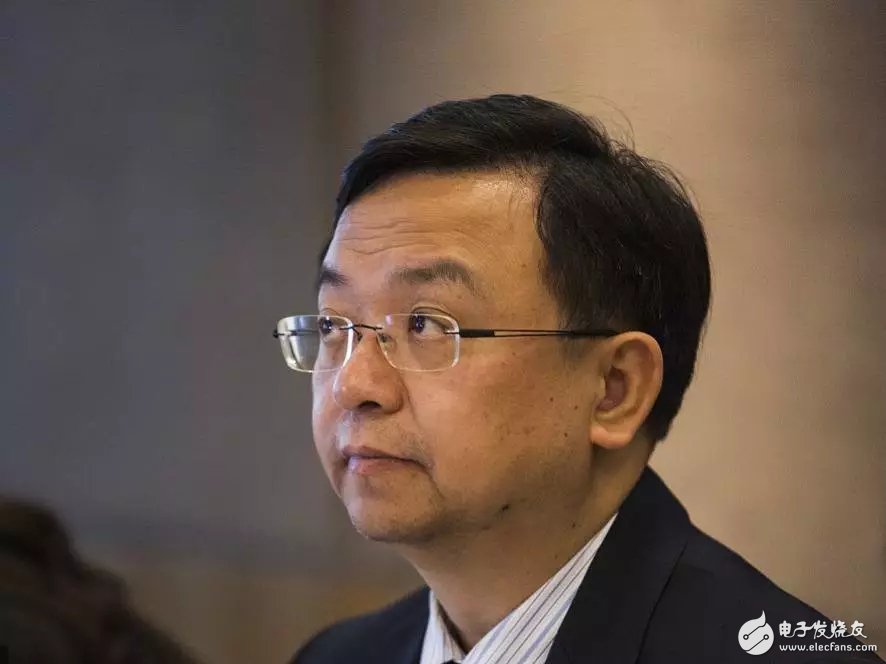
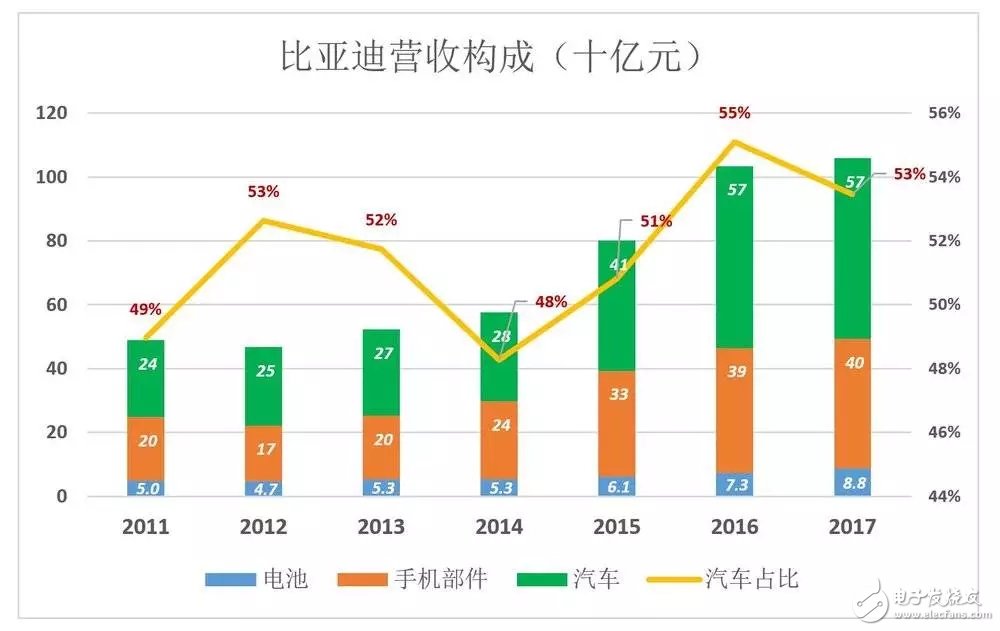
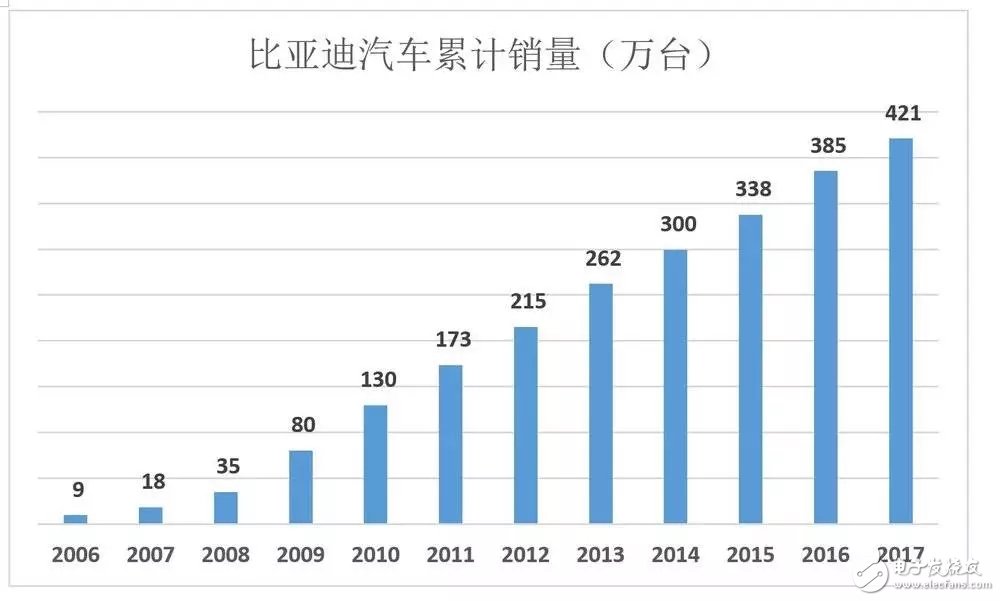
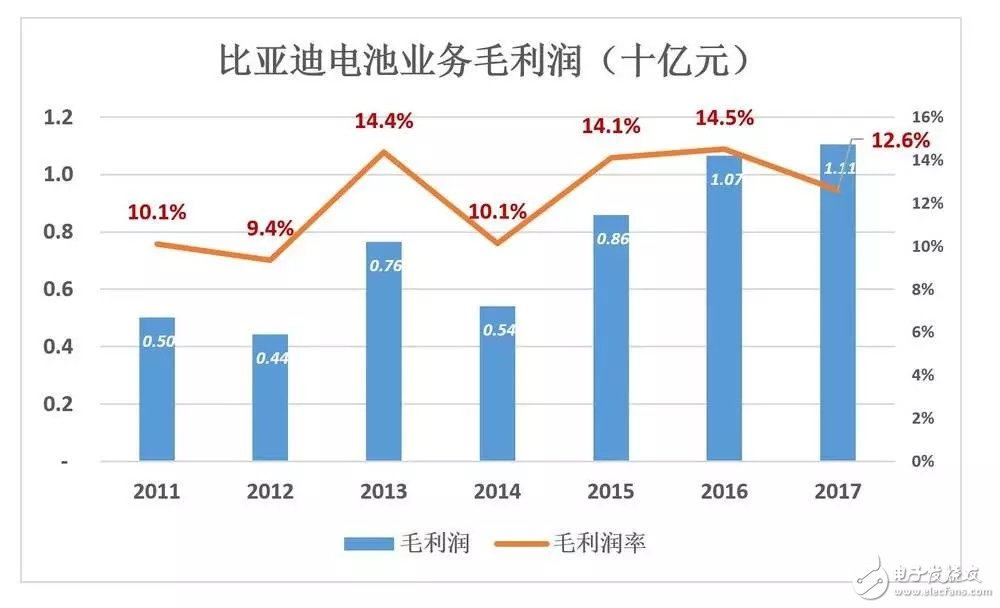
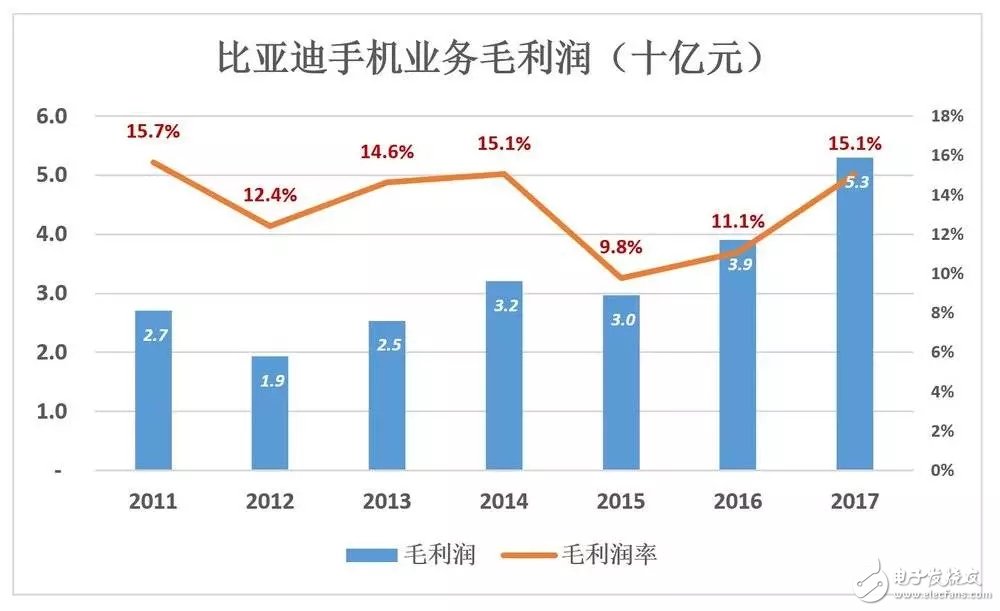
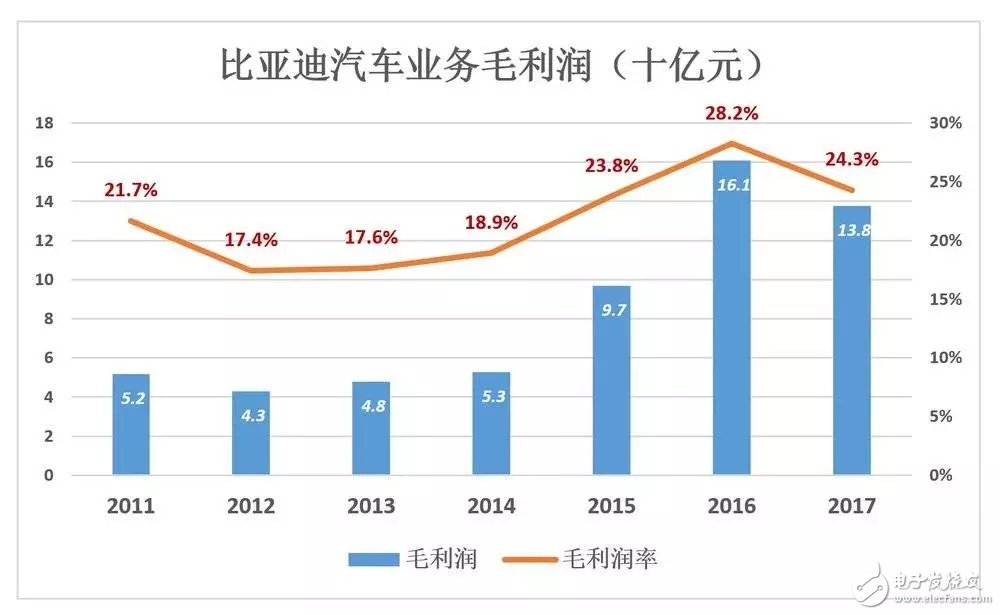
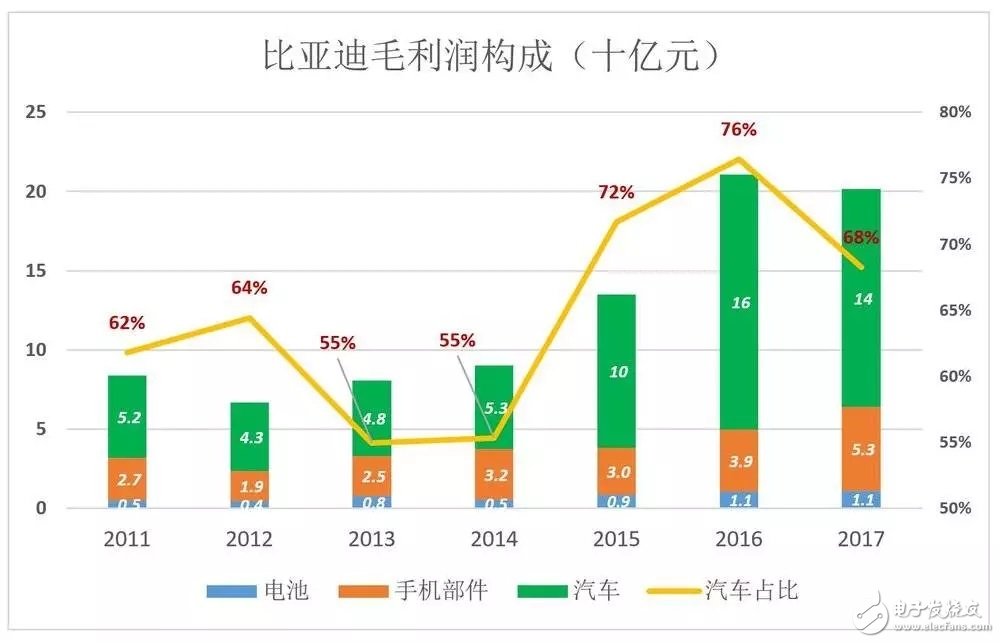
June 14, 2024